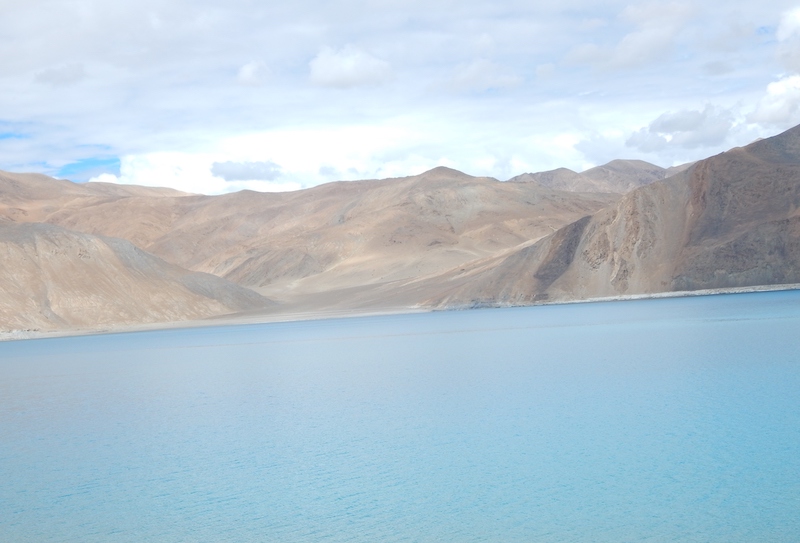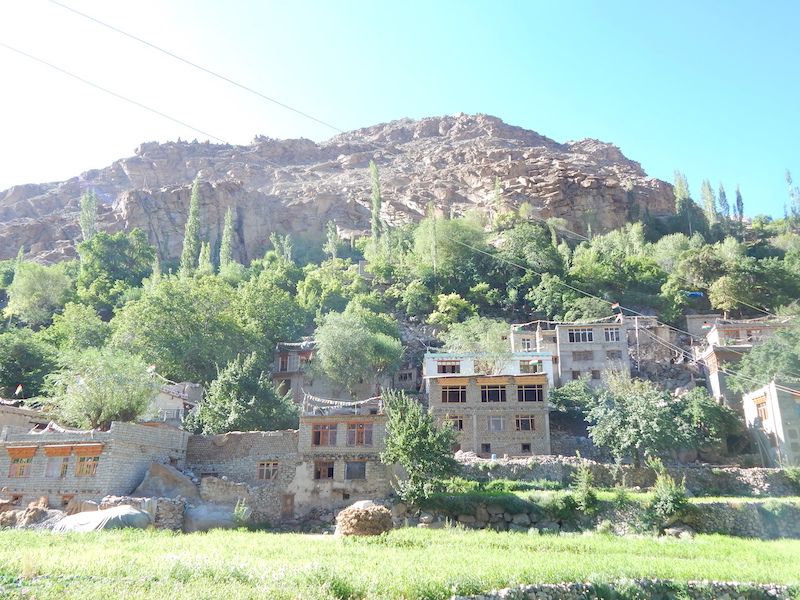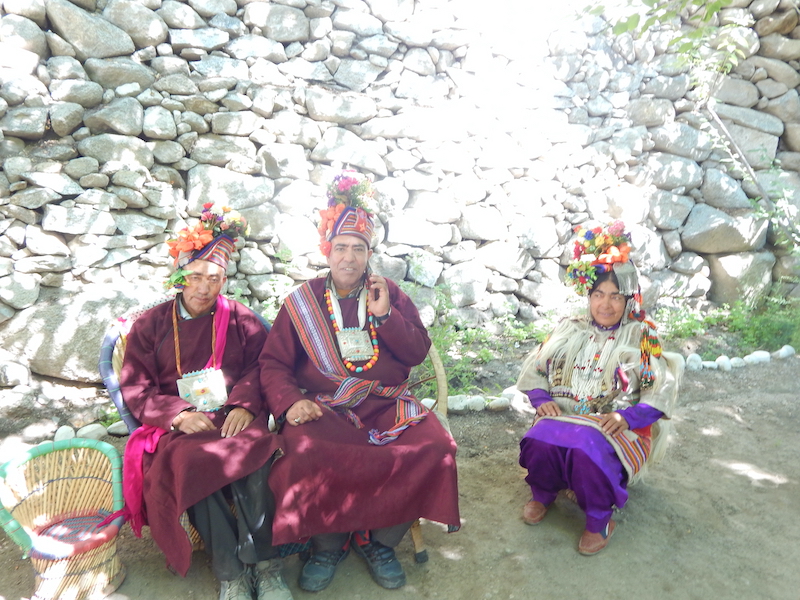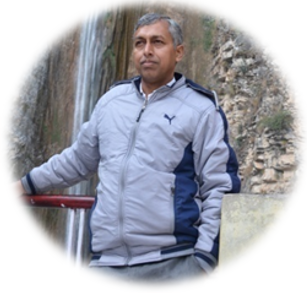India is a country of enormous diversity manifested in many forms like physical, biological, social, linguistic, cultural and religious. Different physiographic regions of the country exhibits characteristic variations in topography, relief features, flora, fauna, and climate.
Besides the topographic, climatic and biological variations, each region is having spectacular customs, culture, cuisine, traditions, attire, etc. As a whole, the Indian Himalayan region (IHR) is magnificent geographical entity spread from West to East.
Its longest mountain ranges and loftiest peaks act as sentinels of our country. Beyond the main Himalayan ranges, there is a unique and distinct Trans-Himalayan ecosystem distinctly known as High Altitude Cold Desert. The major chunk of the Indian Trans-Himalaya ecosystem present in Union Territory of Ladakh.
Ladakh is a land of rugged terrain, harsh climate and grandiose mountain ranges namely Zaskar, Karakoram, etc. Due to the peculiar topography and picturesque landscape, it has got multi-nominal epithets like Moon city, Red Land, Land of Lamas, Land of high passes, Little Tibet, etc. It has an area of about 68,321 sq. km, the altitude varies from 2700 – 7650 m and more than 80% of the area lies above 5000 m above mean sea level.
The entire landscape exhibits beautiful array of many natural elements. It is a kaleidoscope of nature’s beautiful colours and creations including glaciated mountain ranges, meandering rivers, beautiful monasteries and monuments, pretty hamlets, majestic valleys, unique flora -fauna and enchanting water bodies, and many more things.

The mighty Indus River flows in north-west direction through Ladakh and various captivating valleys e.g. Zanskar, Changthang, Suru, Nyoma, Drass, Shyonk and Nubra are settled along its tributaries. Indisputably, every valley is enriched with the myriad elements of traditional life-style and vibrant culture.
‘Aryan Valley’ in Ladakh is a fabulous and unique region, and it has the distinction of preserving archaic cultural legacy since many years. The valley is located in the Kargil district of Ladakh. It comprises of small human settlements alongside the Indus River and the scenery is comparatively greener against the arid landscape due the predominance of Poplar, Willows, Grapewines and Apricots. Many varieties of Apricots (Prunus armeniaca) are grown in this region and these are the best in taste.

Dha, Hanu, Beema, Darchik, and Garkone are the few main villages of Aryan valley and the inhabitants of these villages are called DARD- ARYANS or Brokpas. The Word Dard comes from Sanskrit word ‘Daradas’ which means people living in the Hilly Areas.
Dard Aryans claim themselves to be the last descendants of Aryan race who came to this region from Gilgit Baltistan about 2,000 years back. Some stories relate them to the soldiers of the army of Alexander the GREAT. Dard Aryans or Brokpas represents the agro-pastoral, endogamous tribal community of Ladakh.

These people boast of their unique culture, language, social life and traditions. They have embraced Budhism and some of them follow Islam. They speak Brokskat and Purki dialect. These people have characteristic facial and physical features which attributes to their pure Aryan claim. They are tall and strong body build up, fair complexion, high cheekbones, light brown or blonde hair and blue coloured eyes.
The Brokpas are nature lovers and they worship every element of Mother Nature. During the Aryan Utsav, the Brokpas got attired in the traditional dress bearing headgears adorned with beautiful flowers. Travellers visiting Ladakh UT, hardly miss a chance to visit this unique region and have snap with the last remaining pure Aryans of Ladakh.

Himalayan Museum of Ladakh culture and heritage in Garkone Village of Aryan Valley houses many items and artefacts depicting the age-old rich Aryan history, cultural heritage and traditions. Aryan Saga’ and ‘Achtung Baby’ documentary films highlights the special importance of Aryan Valley and the pure gene pool of its residents.
With the changing times, there are transformation in every nook and corner of the globe. Such changes are also apparent in Aryan Valley. The residents of the region are migrating to other places in search of jobs/ work and marrying outside their community. The traditional values are eroding and youth are more inclined towards modernisation.
Of late, the inhabitants of Aryan valley are apprehensive that there unique tribe is declining. There is need to set up plans for keeping the originality, traditions, culture and heritage of region intact, because it constitute the important element of our cultural diversity.

With over 15 years of experience in Forest Ecology, Soil Analysis, and Herbarium methods, Dushyant Kumar, from Himalayan Forest Research Institute (HFRI), Shimla, has published research and technical papers related to Plant diversity, Forest Soil Properties and Medicinal plants.
Preferring to stay close to nature life cycles, he is a staunch supporter of sustainable management of nature’s resources of forests, land and rivers.



